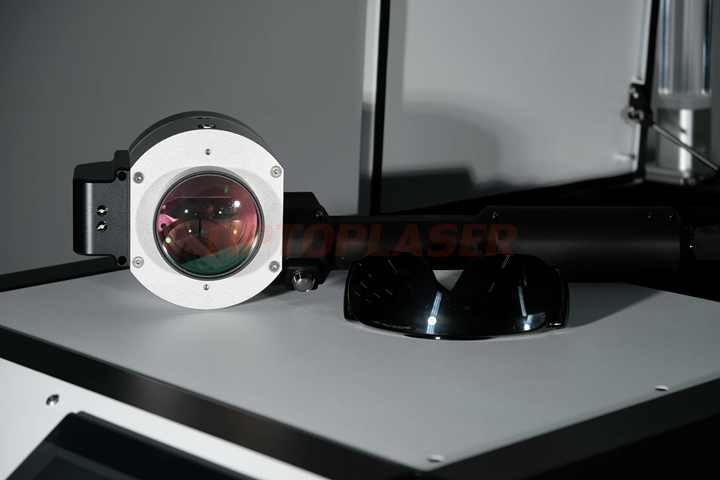
Exploring how shifting weather patterns are transforming the future of beekeeping equipment.
Climate change is no longer a distant threat — it’s unfolding right before our eyes, altering ecosystems, economies, and industries in ways we couldn’t have imagined. One such industry experiencing a quiet transformation is beekeeping. While headlines often focus on colony collapse disorder or dwindling pollination rates, there’s a subtler shift taking place: the suit for bees and other essential beekeeping gear.
As temperatures rise, storms become unpredictable, and pest behavior changes, beekeepers are rethinking everything from suit fabrics to hive insulation. From breathable materials that fight heat exhaustion to sustainable choices that support the planet, modern beekeeping gear is evolving to meet the challenges of a changing climate. Let’s explore how today’s environmental conditions are rewriting the requirements for gear — not just for the bees, but for the humans who care for them.
1. Extreme Heat Calls for Breathable and Lightweight Gear
In many regions of the United States, especially in southern states like Arizona, Texas, and Florida, average summer temperatures are breaking records. For beekeepers, this isn’t just a comfort issue — it’s a safety hazard. Traditional protective suits made from thick cotton or canvas trap heat and can quickly lead to overheating during hive inspections.
To combat this, manufacturers are designing ventilated suits with mesh layers that offer the same sting protection but allow significantly more airflow. Moisture-wicking inner linings and lighter colors also help reflect sunlight and prevent heat buildup. Some suits now incorporate cooling gel inserts or openings under the arms and back to further reduce internal temperature.
For backyard beekeepers and professionals alike, breathable, flexible gear is no longer a luxury — it’s a must-have. These innovations allow longer, safer work sessions and ultimately improve the health and management of bee colonies.
2. Unpredictable Storms Demand Waterproof and Flexible Protection
Climate change isn’t just about heat — it’s also about unpredictability. Sudden downpours, fierce winds, and erratic weather have become increasingly common across the U.S. Beekeepers often find themselves caught in the elements mid-inspection, which is not only uncomfortable but can be dangerous.
In response, newer suits and jackets are being made from water-resistant and quick-drying materials. Designers are integrating flexible yet durable fabrics like ripstop nylon to create gear that holds up against stormy conditions without sacrificing mobility. Zippers are now waterproof, and suits often come with detachable hoods or reinforced seams to prevent leaks.
The goal is to make sure beekeepers stay protected from both bees and the weather, allowing them to act swiftly without compromising on safety — especially when hive maintenance becomes time-sensitive due to rain.
3. Longer Warm Seasons Are Expanding Pest Pressure
With longer, warmer seasons, pests that once died off in cooler months are now thriving year-round. Invasive species like small hive beetles, wax moths, and the ever-dreaded varroa mite are more active, spreading faster and more aggressively.
Beekeepers must now inspect hives more frequently to monitor infestations. This increased interaction with colonies has led to a demand for more functional protective gear. Quick-access zippers, integrated tool loops, and reinforced knees and elbows are becoming standard. Gloves are now made with non-slip materials that provide dexterity for delicate tasks like treating mite infestations or removing infected combs.
The rise in pest pressure also means that gear needs to be easy to disinfect and clean. Antibacterial linings, removable inserts, and machine-washable materials are gaining popularity among both hobbyist and commercial beekeepers.
4. Cold Snaps Are Still a Threat: Insulation Innovations Are Emerging
Despite the general warming trend, climate change is also increasing the frequency of sudden cold snaps and unexpected frosts, particularly in northern states like Michigan, Vermont, and New York. These rapid temperature swings are dangerous for bees and uncomfortable for beekeepers who aren’t dressed for the chill.
That’s why winter-friendly beekeeping gear is evolving. Today’s jackets offer modular insulation, allowing wearers to add or remove layers depending on the weather. Thermal hive wraps, made from space-grade insulating material, are also helping maintain internal hive temperatures when outdoor conditions suddenly drop.
Heated gloves, fleece-lined hoods, and suits with windproof shells are now available — giving beekeepers the ability to stay productive even during colder months. With hive health depending so much on temperature control, warm and weather-ready gear is becoming essential.
5. Eco-Conscious Gear is Rising with the Climate Conversation
As climate change drives awareness about sustainability, beekeepers are becoming more selective about the gear they use. The focus has shifted from just function to function with responsibility. Eco-conscious beekeepers are now opting for gear made from organic cotton, recycled polyester, and even bamboo fabric — all of which reduce the industry’s environmental footprint.
Packaging is being rethought too. Many newer brands are ditching plastic in favor of biodegradable boxes or reusable cotton bags. Smokers fueled by natural materials, stainless steel tools designed to last decades, and zero-waste beekeeping starter kits are now available across the U.S. market.
The trend is clear: tomorrow’s protective gear isn’t just about sting protection — it’s about protecting the planet too.
6. Smart Technology Integration Is on the Horizon
Beekeeping is getting smarter — literally. As climate change complicates hive conditions and seasonal patterns, some beekeepers are turning to tech for better insight. Wearable sensors, hive monitors, and mobile apps are starting to integrate with gear to provide real-time data on hive temperature, humidity, and even colony sound frequencies.
Imagine a suit that alerts you when the hive temperature becomes dangerous, or gloves that record voice notes during inspections. These innovations may seem futuristic, but they’re already in development. A few U.S.-based startups are working on gear that connects with smartphones to track inspection history, queen sightings, and mite levels.
Tech-enhanced beekeeping gear could soon become a game-changer, especially for commercial operations managing dozens or even hundreds of hives.
Conclusion: Gear Up for a Changing Climate
Climate change is rewriting the rulebook for every beekeeper. It’s not just about what goes on inside the hive — it’s about what beekeepers wear, how they interact with their bees, and how they protect their colonies in a world full of uncertainty. The BeBees suit for bees, once a simple layer of protection, has become a frontline defense against heat, storms, pests, and environmental instability.
As nature continues to shift, so must our tools. Whether you’re a weekend hobbyist or a full-time apiarist, adapting to climate-resilient, sustainable, and tech-integrated gear isn’t just smart — it’s essential. Because in this ever-changing world, the only constant we can count on is the need to evolve.



